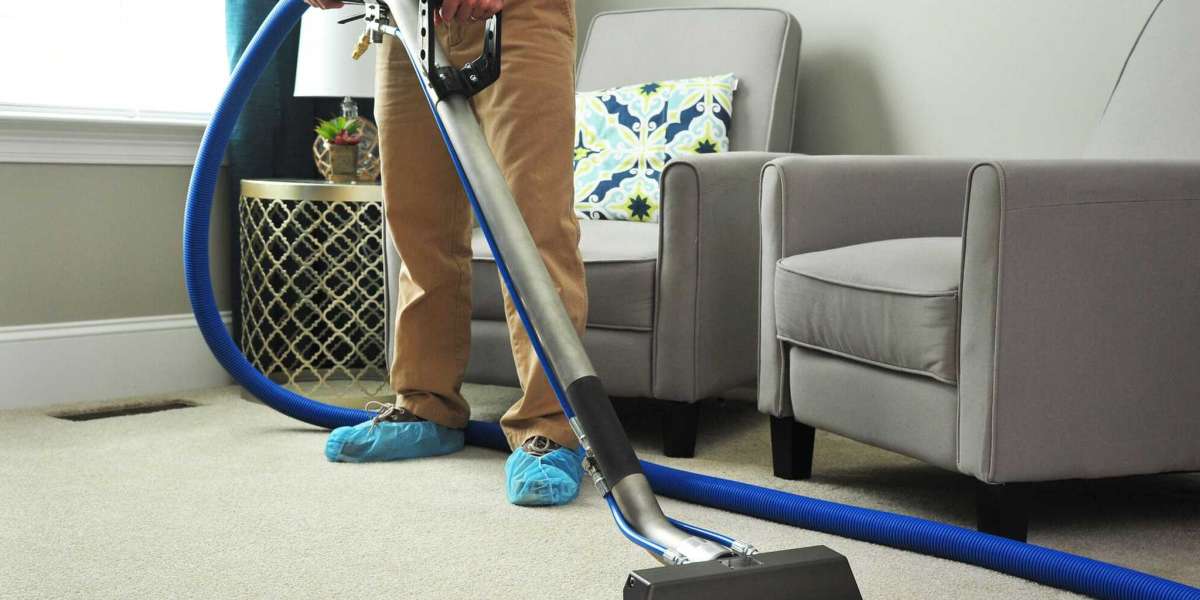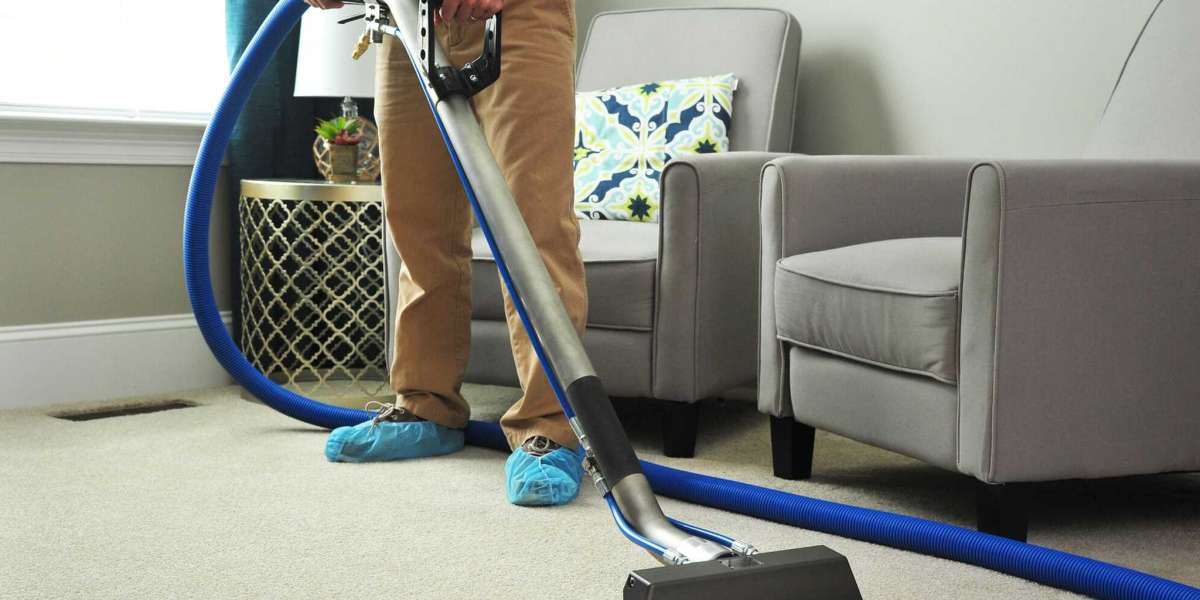Unlock the Secrets: Mastering Swaddling Techniques for Your Little Prince!
Swaddling is an ancient practice that offers comfort and security to newborns, particularly baby boys. This technique involves wrapping a baby snugly in a blanket to create a womb-like environment, which can be incredibly soothing for infants. Despite its long-standing tradition, there are many misconceptions surrounding swaddling, such as the belief that it restricts a baby's movement too much or that it is only beneficial for sleep. In this article, we will explore effective swaddling techniques specifically for baby boys, highlighting their numerous benefits, practical tips, and how to adapt these methods as your little prince grows. Whether you're a first-time parent or looking to refine your swaddling skills, you'll find valuable insights here.

Understanding Swaddling and Its Benefits
Swaddling is the technique of wrapping an infant tightly in a soft blanket. For baby boys, swaddling can provide a sense of security that helps to calm them and promote better sleep. Research has shown that swaddling can help reduce the startle reflex, which is particularly active during the first few months of life. This reflex can startle babies awake, disrupting their sleep and creating a cycle of fussiness. By swaddling your baby boy, you can help mitigate this reflex, leading to longer, more restful sleep. Additionally, the snugness of swaddling can mimic the feeling of being held, which can be incredibly comforting and reassuring for your little one. Many parents, including my friend Sarah, have shared how swaddling transformed their nights, allowing both them and their baby boys to enjoy more peaceful sleep.
Choosing the Right Fabric and Technique
When it comes to swaddling, the choice of fabric is crucial. Opt for materials that are soft, breathable, and comfortable, such as muslin or cotton. These fabrics allow for air circulation, ensuring your baby boy doesn’t overheat while swaddled. The right fabric can make the swaddling experience enjoyable for both you and your baby. In addition to fabric, understanding various swaddling techniques is essential. The goal is to ensure that your baby feels secure without being too tightly wrapped, which could restrict their movement and breathing. Traditional methods involve wrapping the blanket around the baby snugly, while newer techniques might include swaddle wraps that provide a secure fit without the fuss of a blanket. Knowing how to swaddle safely is key to ensuring your baby boy feels cozy and secure.
Traditional Swaddling Technique
The traditional swaddling technique is simple yet effective. Start by laying a square blanket on a flat surface, with one corner pointing up. Fold down the top corner about six inches and lay your baby boy on his back, with his neck aligned with the folded edge. Next, take the left side of the blanket and wrap it over your baby, tucking it snugly under his right side. Then, fold the bottom of the blanket up over his feet, leaving enough room for his legs to move slightly. Finally, wrap the right side of the blanket over your baby and tuck it securely. The key is to ensure that your baby is snug but not too tight, allowing for natural leg movement and preventing any restriction of breathing.
Alternative Swaddling Methods
While the traditional swaddling technique is popular, there are alternative methods that cater to different baby temperaments. The ‘arms up’ technique is one such method, allowing your baby boy to have his arms free while still feeling securely wrapped. This can be particularly beneficial for infants who prefer to have their arms near their face for self-soothing. Another option is using swaddle wraps, which come with Velcro or zippers to help secure your baby without the guesswork of a blanket. Each method has its advantages, and experimenting with various techniques can help you discover what your baby responds to best. Many parents, including my friend Mike, found that his son slept much better when given the option to have his arms free.
When and How to Transition Out of Swaddling
Recognizing when to stop swaddling your baby boy is crucial for his development. Typically, this transition occurs around 2 to 4 months, but every baby is different. Signs that indicate readiness to stop swaddling include increased mobility, such as rolling over or showing a desire to stretch out. When it’s time to transition, gradually introduce new sleep strategies by allowing your baby to sleep with one arm out of the swaddle or using a sleep sack instead. This gradual approach helps your baby adjust to sleeping without being swaddled while still providing a sense of security. It's important to monitor your baby’s cues and adjust accordingly. As my friend Lisa experienced, transitioning out of swaddling was a process that required patience, but it ultimately led to her son embracing his newfound freedom to move in his sleep.
Final Thoughts on Swaddling Your Baby Boy
Mastering swaddling techniques is essential for providing comfort and security to your baby boy. The benefits of swaddling, including improved sleep and reduced startle reflex, can significantly enhance your little one's early months. By choosing the right fabric, implementing effective techniques, and recognizing the right time to transition away from swaddling, parents can create a nurturing sleep environment. Remember, each baby is unique, and adapting your approach to suit your little prince's needs will ensure that he feels safe and secure as he grows. So practice these techniques, and enjoy the precious moments of snuggling with your baby boy!








